
picture (HoleHdD0.gif) by Bassleer, G. |
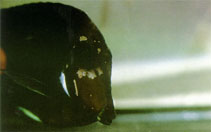
picture (HoleHdD0.jpg) by Bassleer, G. |

picture (HoleHdD1.jpg) by Bassleer, G. |
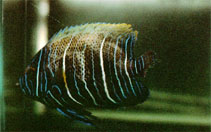
picture (HoleHdD2.jpg) by Bassleer, G. |
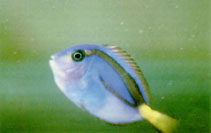
picture (HoleHdD3.jpg) by Bassleer, G. |
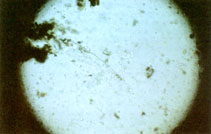
picture (HoleHdD4.jpg) by Bassleer, G. |

picture (HoleHdD5.jpg) by Bassleer, G. |
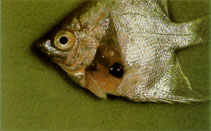
picture (HoleHdD6.jpg) by Bassleer, G. |
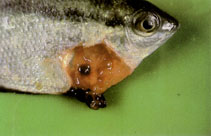
picture (HoleHdD7.jpg) by Bassleer, G. |
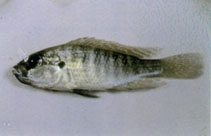
picture (HoleHdD8.jpg) by Bassleer, G. |
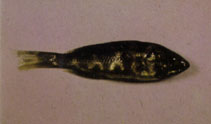
picture (HoleHdD9.jpg) by Bassleer, G. |

picture (HoleHdDa.jpg) by Bassleer, G. |
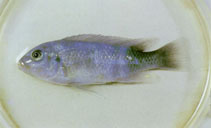
picture (HoleHdDb.jpg) by Bassleer, G. |

picture (HoleHdDc.jpg) by Bassleer, G. |
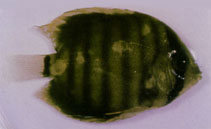
picture (HoleHdDd.jpg) by Bassleer, G. |
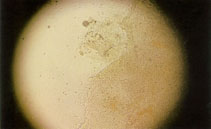
picture (HoleHdDe.jpg) by Bassleer, G. |
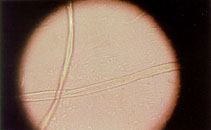
picture (HoleHdDf.jpg) by Bassleer, G. |

picture (HoleHdDg.jpg) by Bassleer, G. |
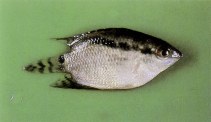
picture (SpiInfD0.jpg) by Bassleer, G. |
cfm script by eagbayani, 10.05.99 ,
php script by kbanasihan 05/27/2010 ,
last modified by sortiz, 06.27.17